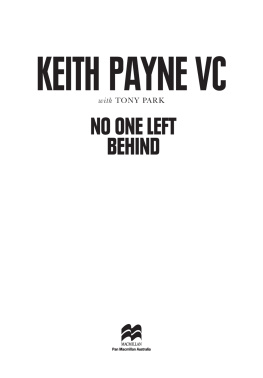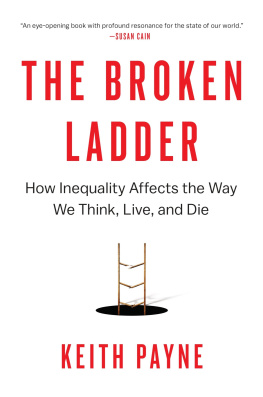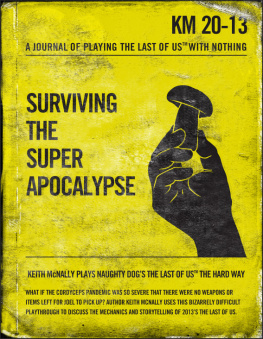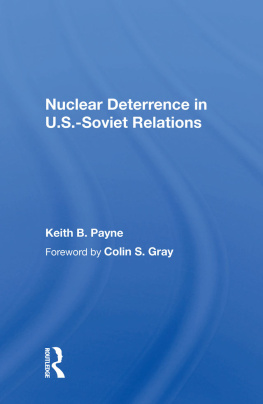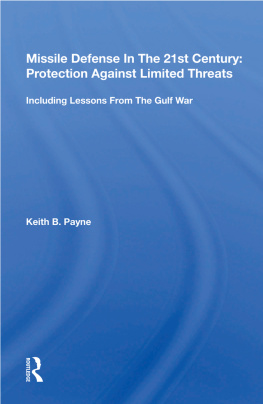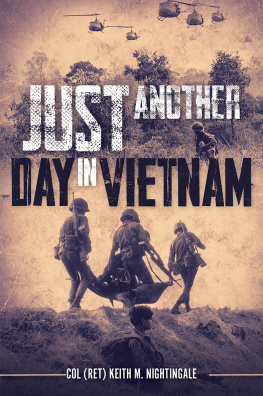From the battlefields of Korea, Malaya and Vietnam to the struggle for veterans welfare, Keith Payne has never shied away from a fight. More than 50 years ago, this bravery saw him receive the Commonwealths highest military honour - the Victoria Cross.
Keith grew up one of thirteen children in the shadow of the Great Depression and the Second World War. After seeing his father come home wounded from war, Keith joined the army. He was sent to fight in Korea at just 18 years old, the bloody beginning to decades of military service across the world.
Keiths life was defined by one night in 1969. In the dark jungle of Vietnam, under heavy enemy fire, Keith returned to a fled battlefield to rescue 40 of his soldiers. For his extreme act of bravery in leading his men to safety, Keith became the last Australian to earn the VC for 40 years.
Keith spent decades in the public spotlight while struggling with his own demons, then found new purpose as an advocate for others. In a lifetime of service, he has helped not only veterans of foreign wars, but also Indigenous diggers and communities left behind by civilian and military bureaucracy.
A-Team | Twelve-man detachment of United States Special Forces members, also referred to as Green Berets. |
AATTV
(The Team) | Australian Army Training Team the first and longest-serving Australian military unit committed to the war in Vietnam. |
Agent Orange | Herbicide and defoliant chemical used to denude plants of foliage, denying cover to the enemy. Later linked to birth defects and serious illnesses. |
AK-47 | Russian-designed Kalashnikov 7.62 millimetre assault rifle, widely used by Vietcong and North Vietnamese Army units. |
ARVN | Army of the Republic of Vietnam (pronounced ARViN), the military forces of South Vietnam. |
B-52 | United States Air Force Stratofortress strategic bomber, designed to carry nuclear weapons, used to bomb enemy ground positions during the Vietnam War. |
B40 | North Vietnamese Army designation for the Russian-designed RPG-2, a shoulder launched rocket-propelled grenade launcher (precursor of the RPG-7). |
battalion | Military formation, generally comprised 600-800 soldiers. |
BDA | Bomb damage assessment the practice of evaluating the toll in damage and casualties of aerial bombing. |
Beaucoup | French for many or much, commonly used in US military slang in Vietnam. |
Bird Dog | Cessna O-1, a high-winged, single-engine monoplane light aircraft used by the United States Air Force in a forward air control role, co-ordinating air strikes. |
C4 | Plastic explosive used for a variety of military applications. |
casevac | Casualty Evacuation, generally by helicopter. |
Charlie | Short for Victor Charlie, the phonetic alphabet abbreviation of Vietcong (see Vietcong and VC). |
CHICOM | Abbreviation of Chinese Communist, common name for the Dh 10 directional mine. Similar to the US M18 claymore, the CHICOM was placed above ground and fired hundreds of steel rods when detonated. |
Chinook | CH47, twin-rotor medium lift helicopter, used by the US Army in the Vietnam War and subsequent conflicts. |
claymore | US Army M18 directional mine. Placed on the ground with a sign reading front towards enemy, the claymore fired hundreds of ball bearings in the direction of placement when detonated. |
CMF | Citizen Military Forces part-time Australian military units; the name changed to Army Reserve in 1980. |
CO | Commanding Officer, usually referring to a Lieutenant Colonel, commanding a battalion. |
company | Military formation, generally of 90100 members. |
CSM | Company Sergeant Major. An appointment, normally held by a Warrant Officer Class 2. The CSM is the senior non-commissioned officer in the company, responsible for administration, discipline and standards. (Also Command Sergeant Major in the US Army.) |
Dien Bien Phu | A French military base in North Vietnam, established in order to draw the Viet Minh into a set piece battle. The base was besieged by General Vo Nguyen Giap, and eventually capitulated, in 1954. |
DVA | Department of Veterans Affairs - Australian government department charged with delivering support to veterans. |
flechette | Metal anti-personnel darts, designed to be fired from shotgun cartridges, 40 millimetre grenades and artillery shells. |
FSB | Fire support base, a military outpost generally established during the Vietnam War to provide artillery or mortar support to an area of operations. |
Green Berets | Nickname for United States Special Forces members, taken from their distinctive headgear, first approved by President John F. Kennedy. |
H and I missions | Harassment and interdiction random artillery fire into (unpopulated) areas where Vietcong and North Vietnamese Army personnel were thought to be hiding or massing. |
Hill 668 | Located near the Ben Het Special Forces base and named for its elevation, this position became famed as the site where Keith Payne VC and his Montagnard troops launched from. |
Ho Chi Minh Trail | A complex network of roadways and jungle paths reaching from North Vietnam to South Vietnam via the bordering neutral countries of Cambodia and Laos, named after the leader of North Vietnam. The trail was used by the North Vietnamese to move soldiers, arms, ammunition and materiel to support their war against the South. |
Huey | Abbreviation of UH-1 (Utility Helicopter 1), the military designation of the Bell Iroquois helicopter, used in troop carrying, casualty evacuation and early gunship roles during the Vietnam War. The Huey was licence-built for European and other markets in Italy as the Agusta 206. |
JPAC | Join POW/MIA Accounting Command, the US inter-service organisation charged with locating unaccounted-for prisoners of war and those missing in action. |
K-Force | Korea Force, an Australian government recruiting initiative which called for men to enlist for three years, including one years service in the Korean War, to bolster army numbers. |
Luc Luong Dac Biet (LLDB) |

